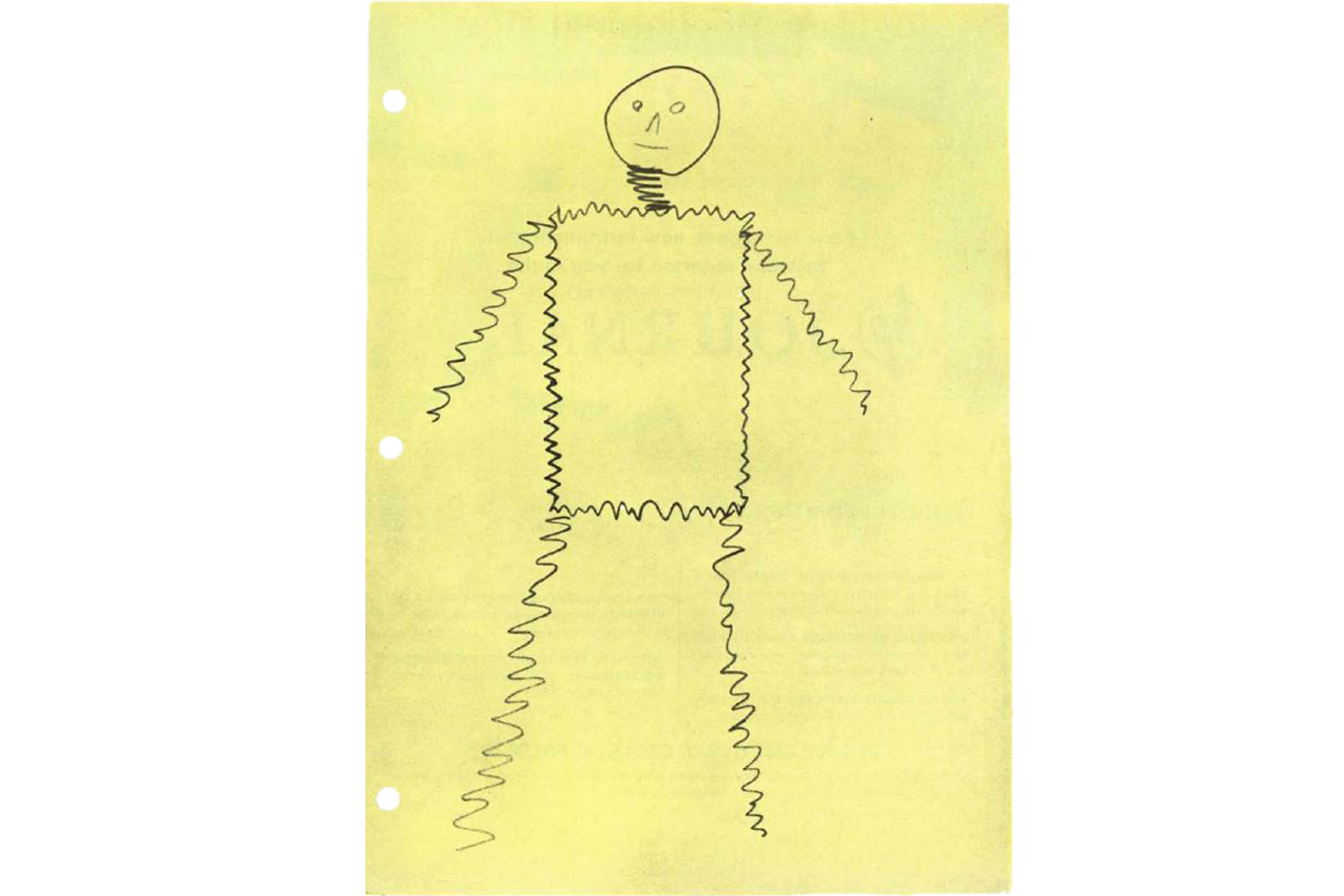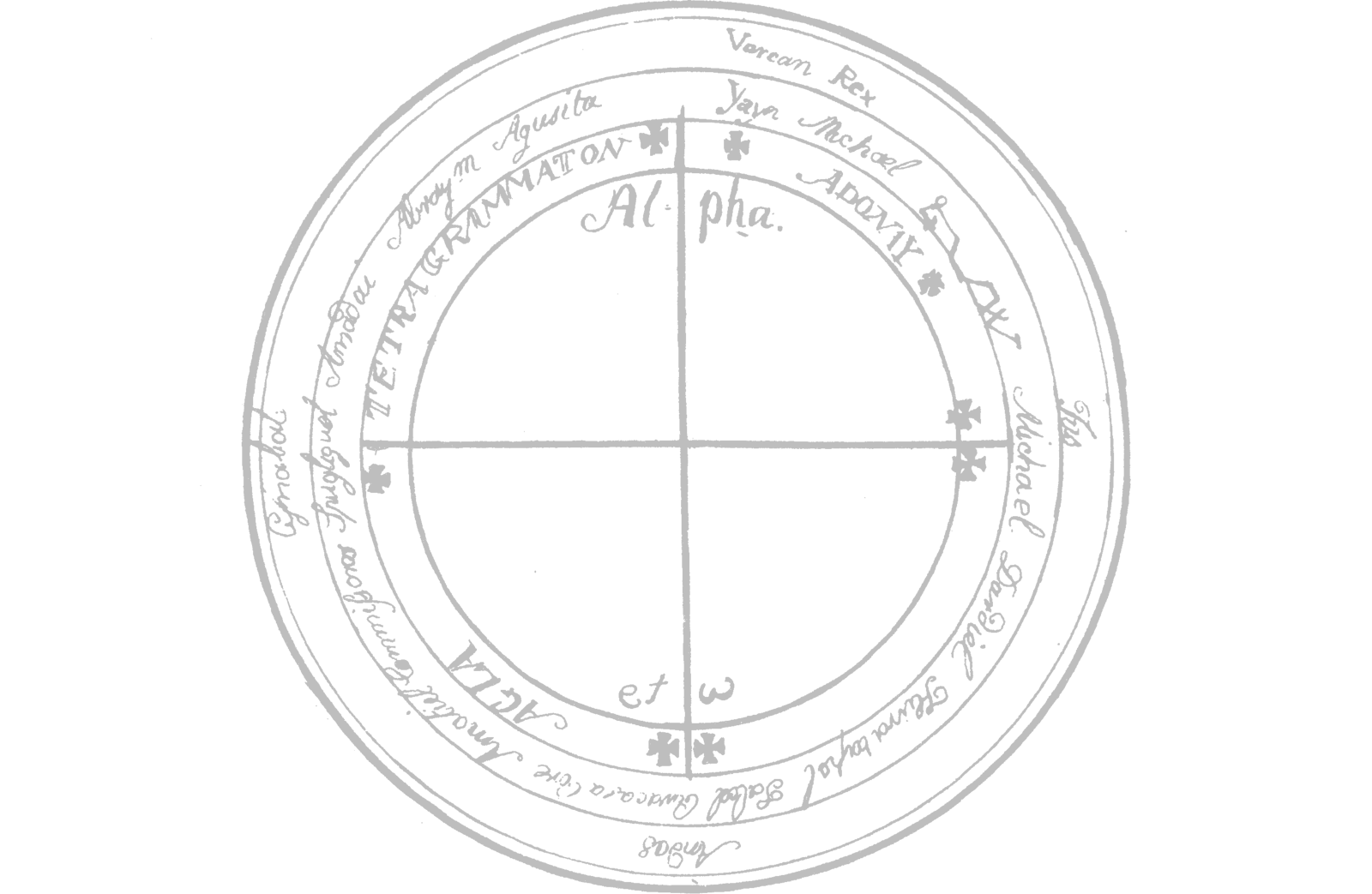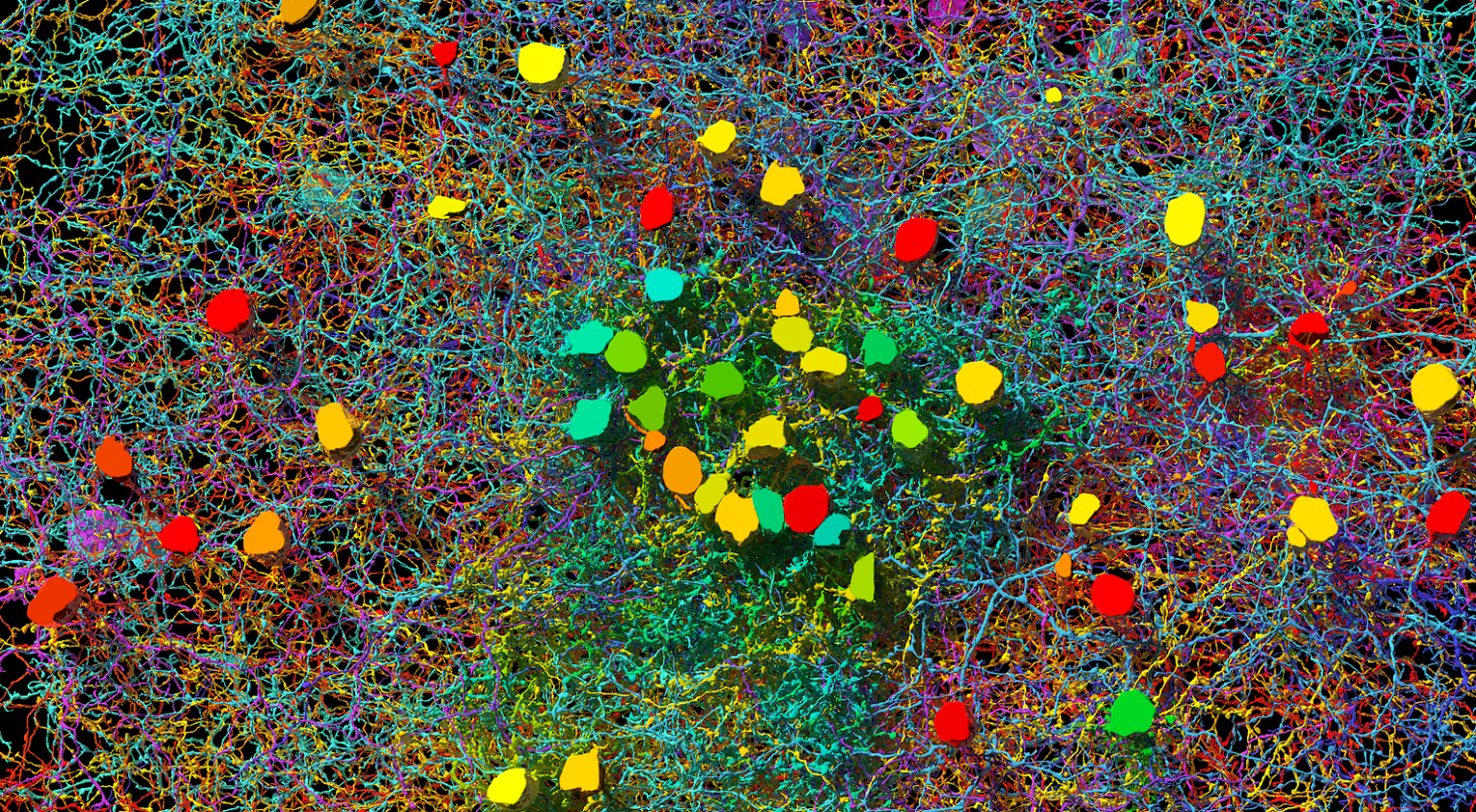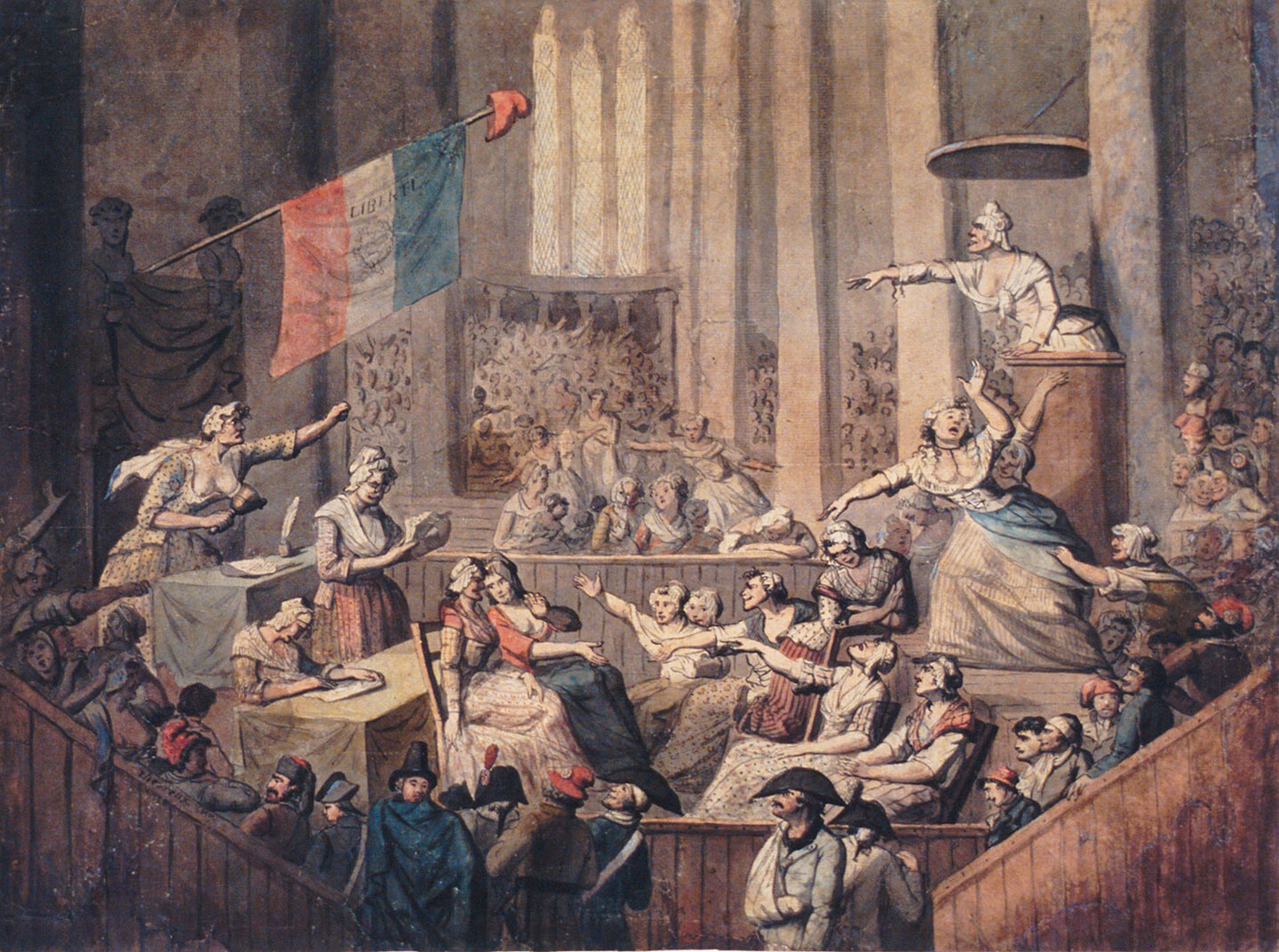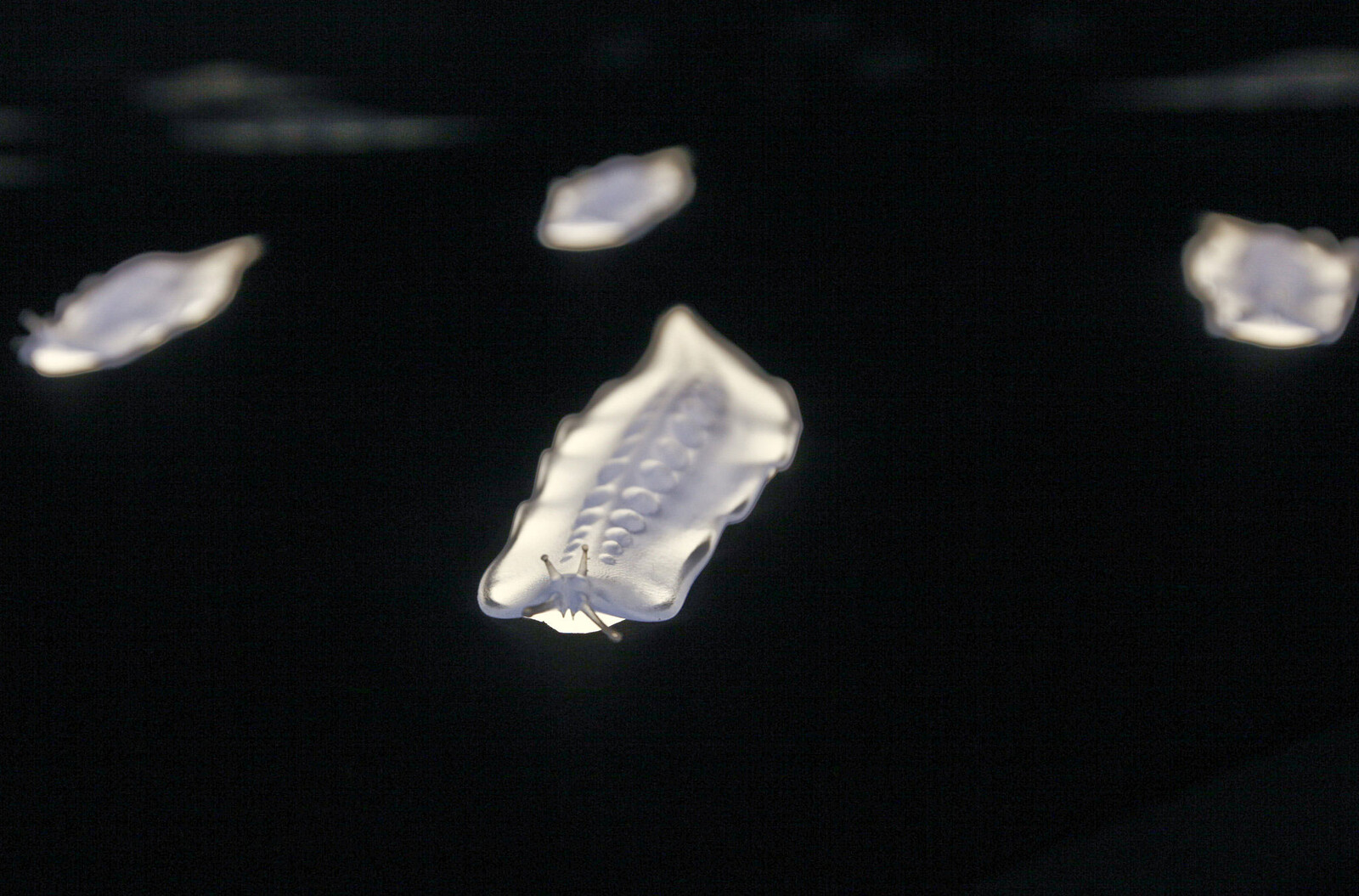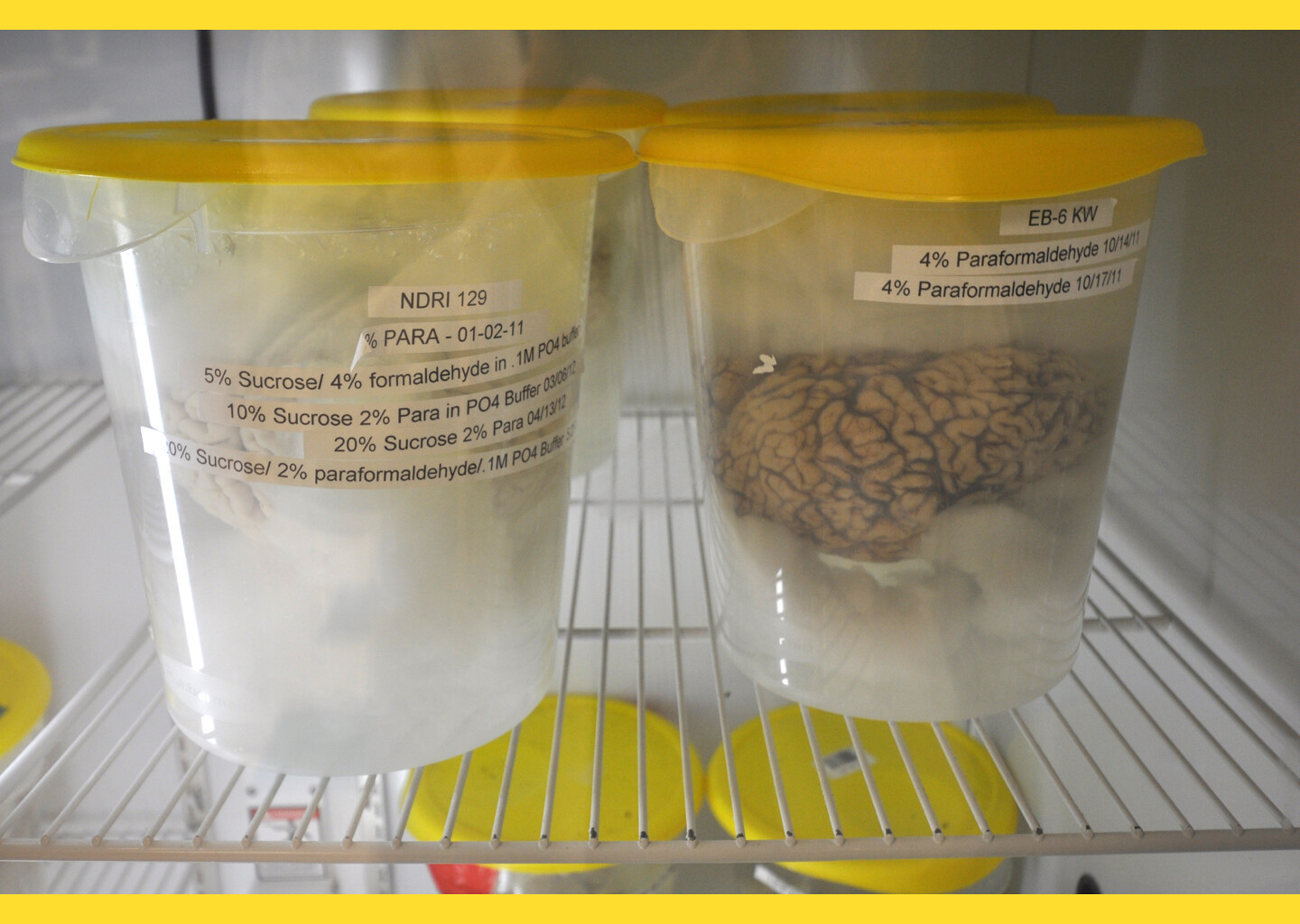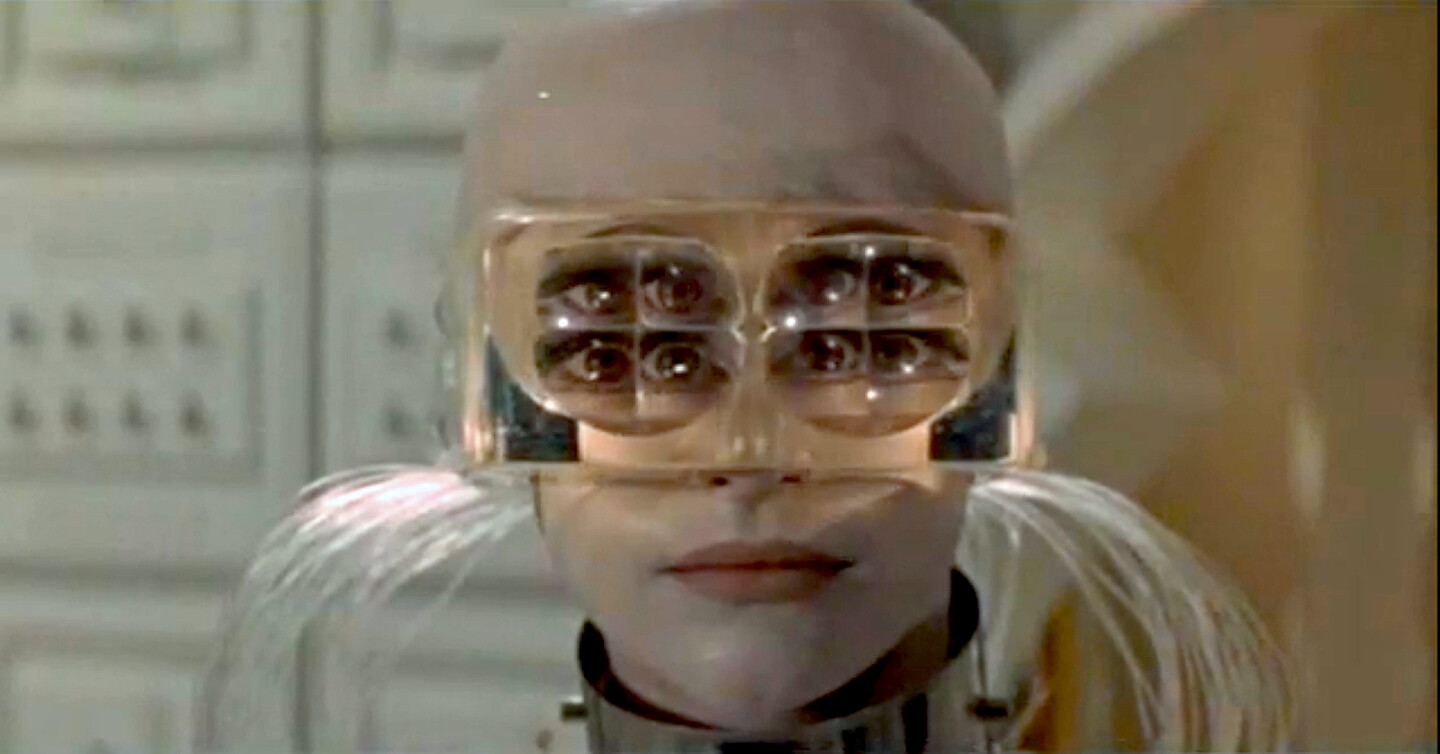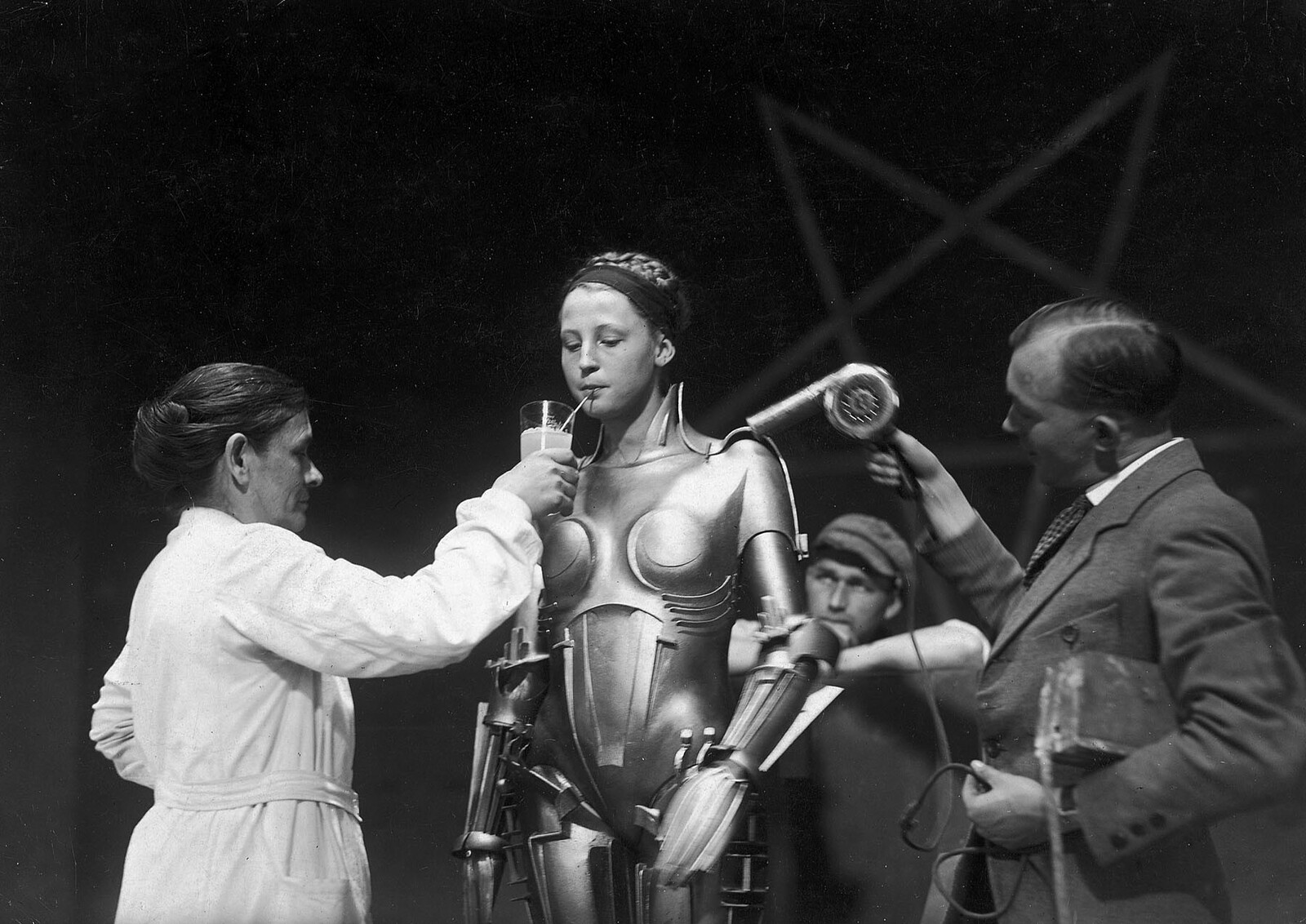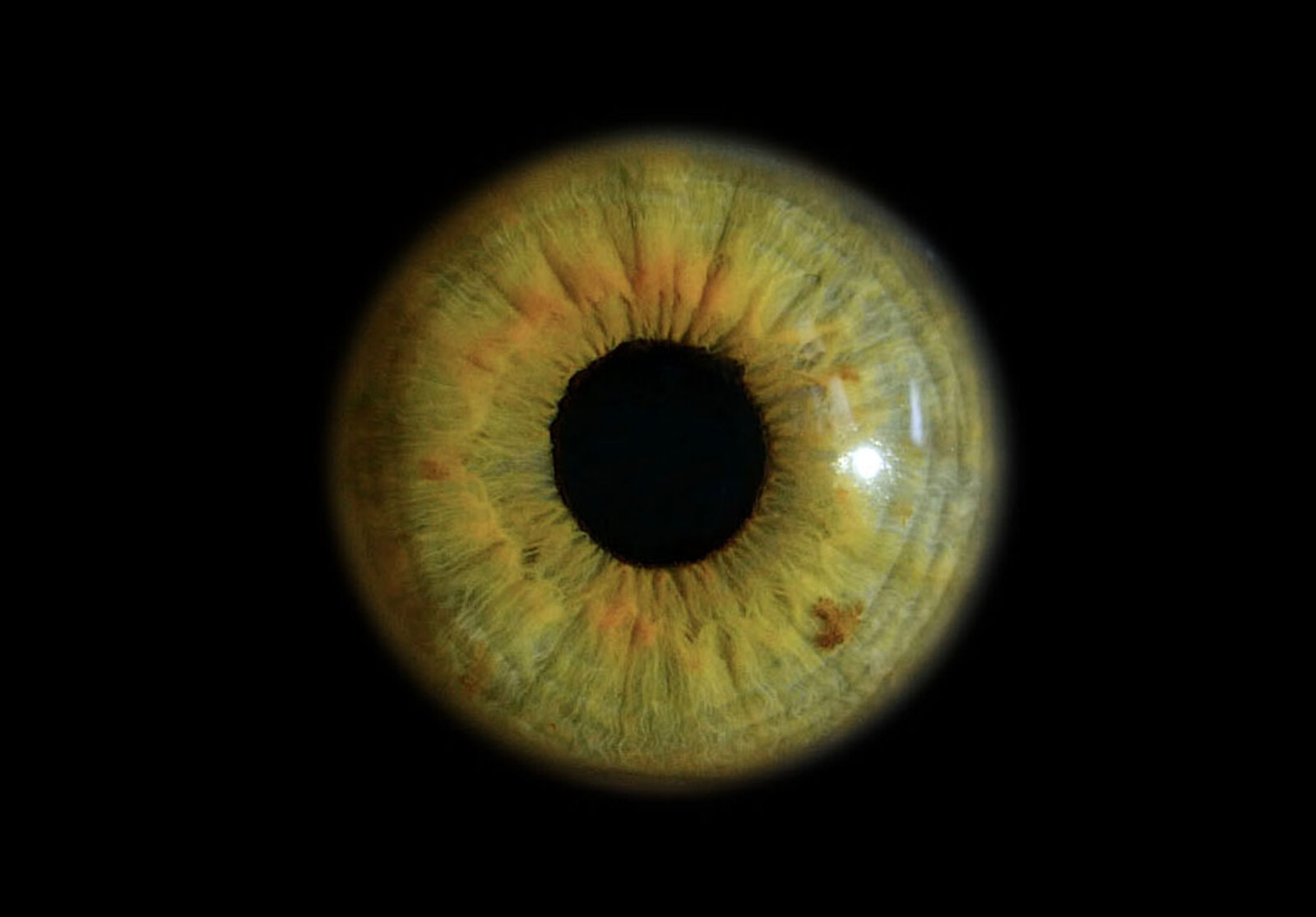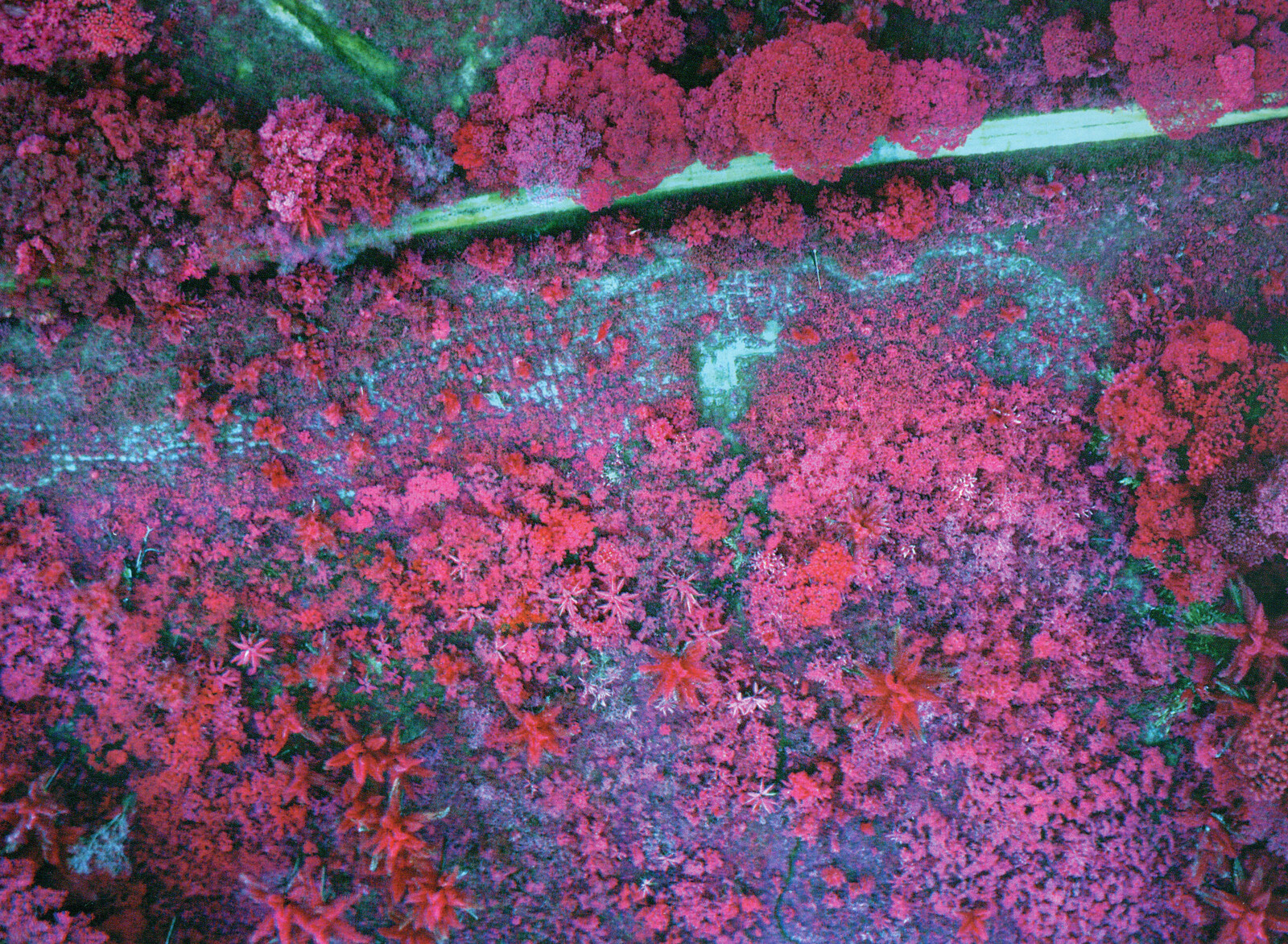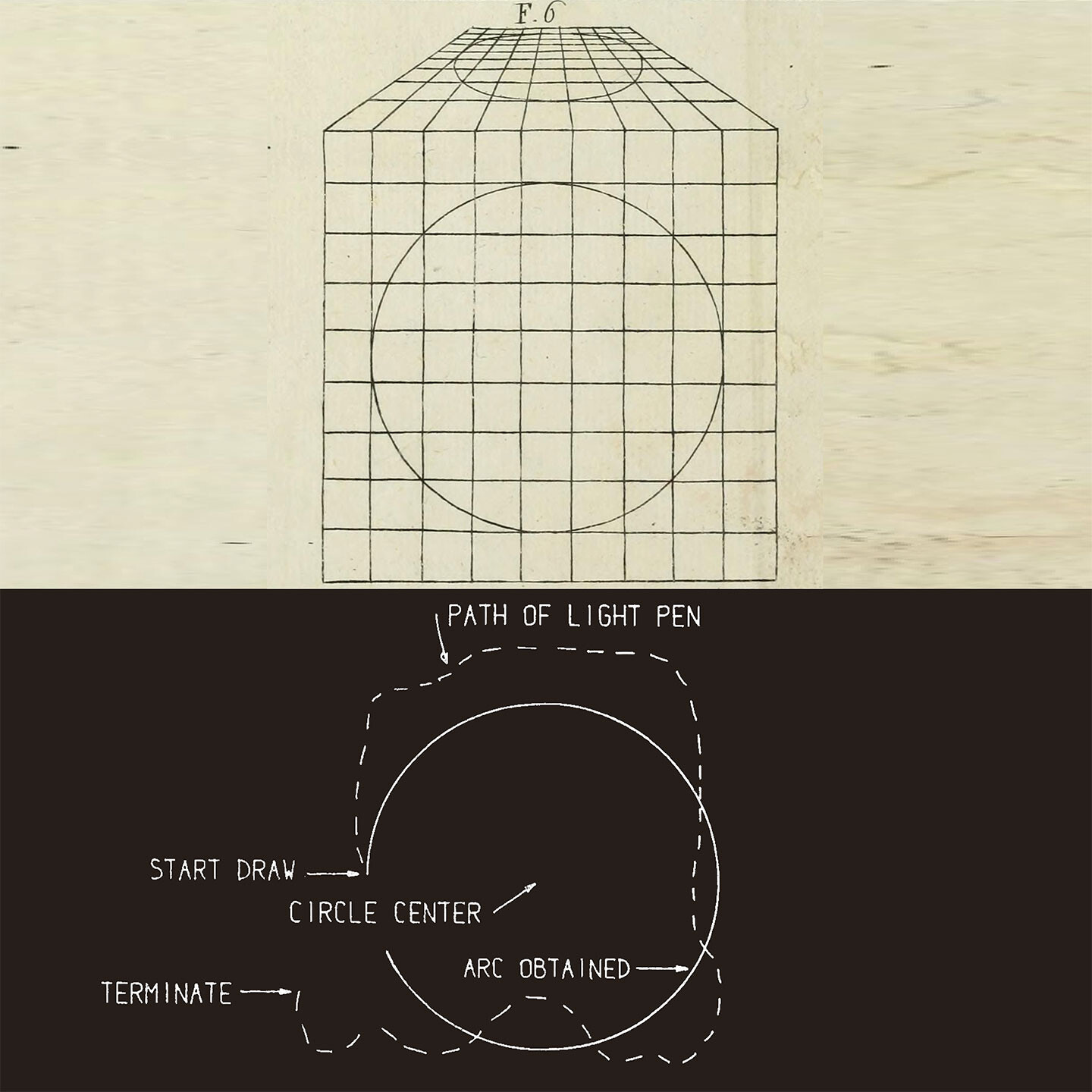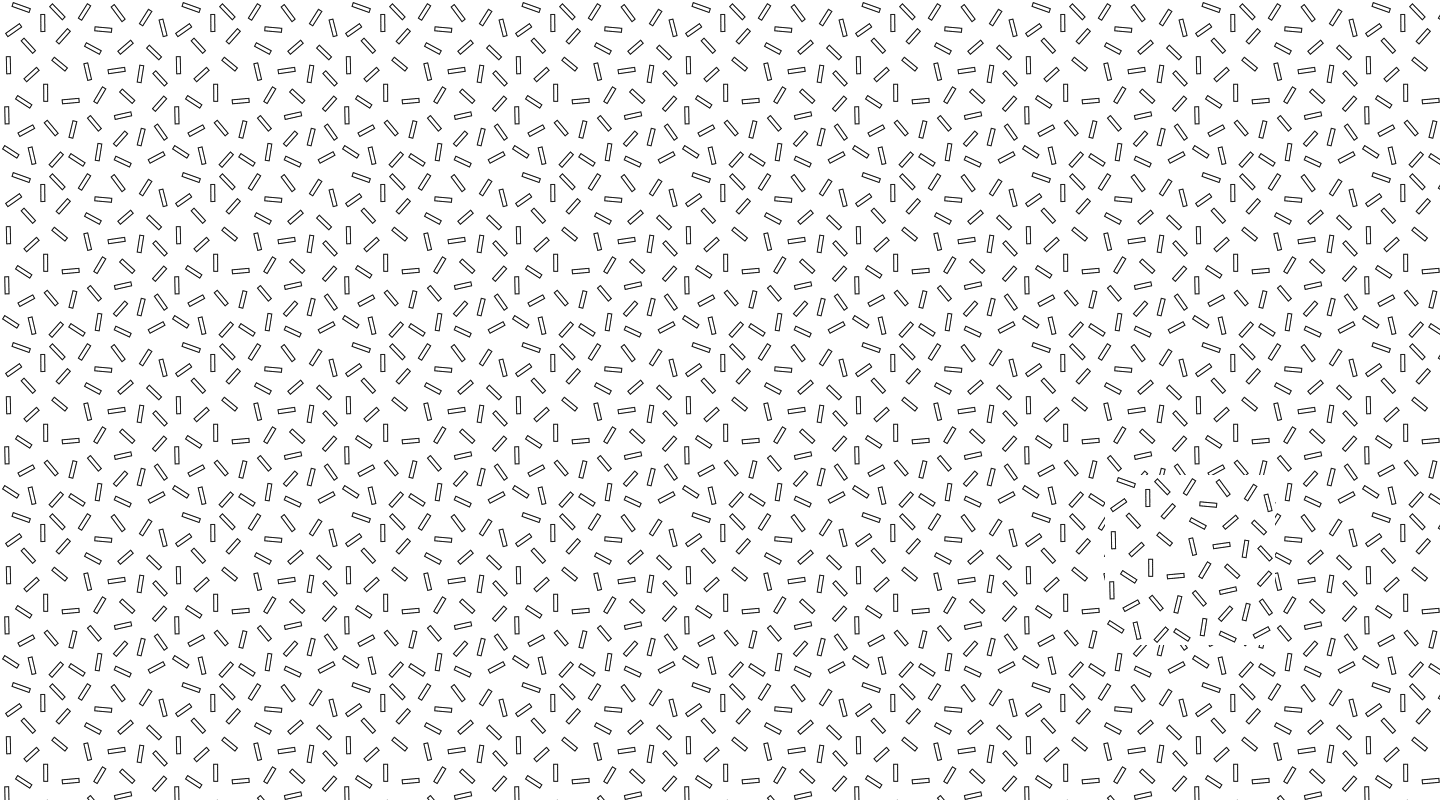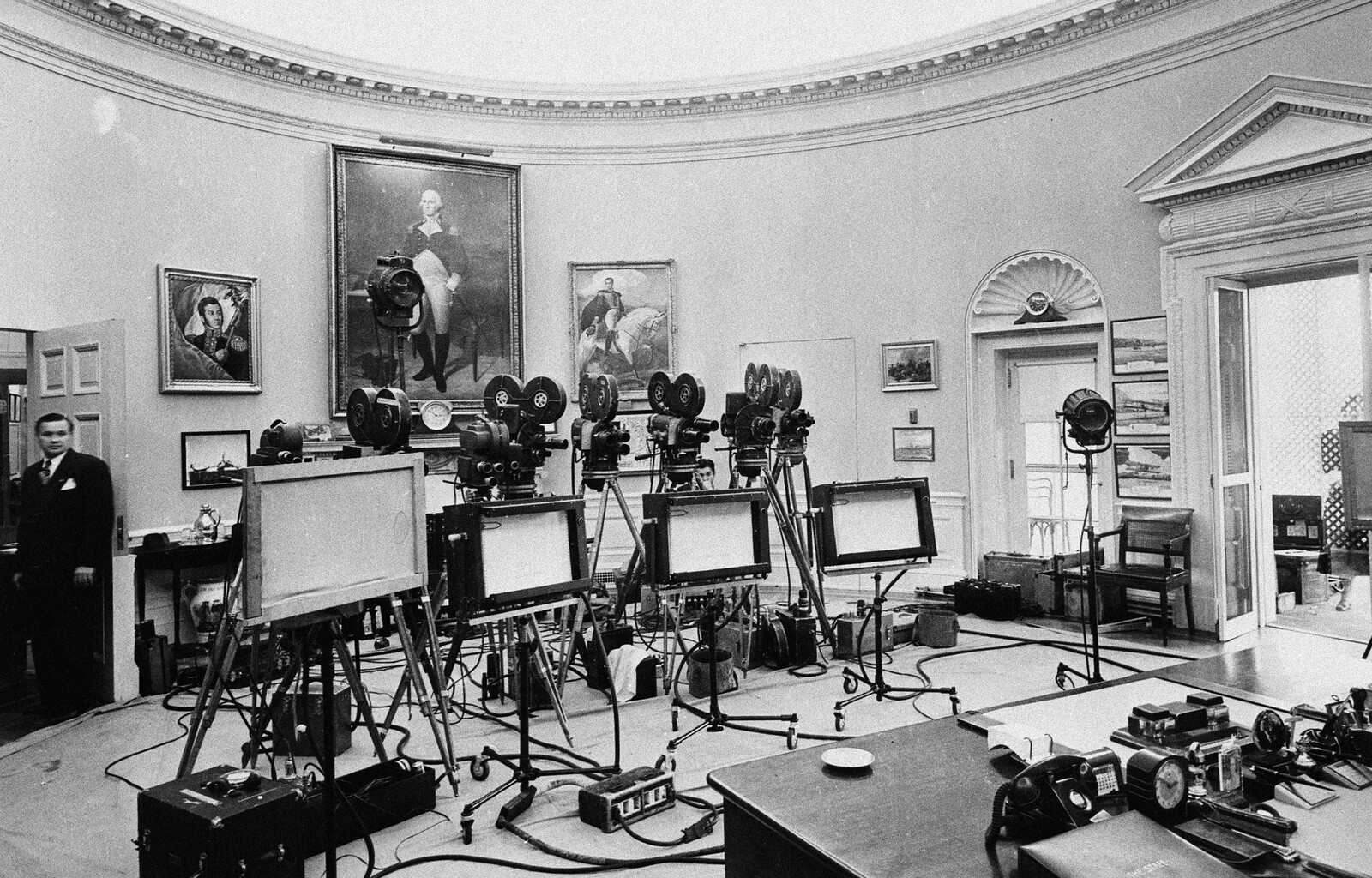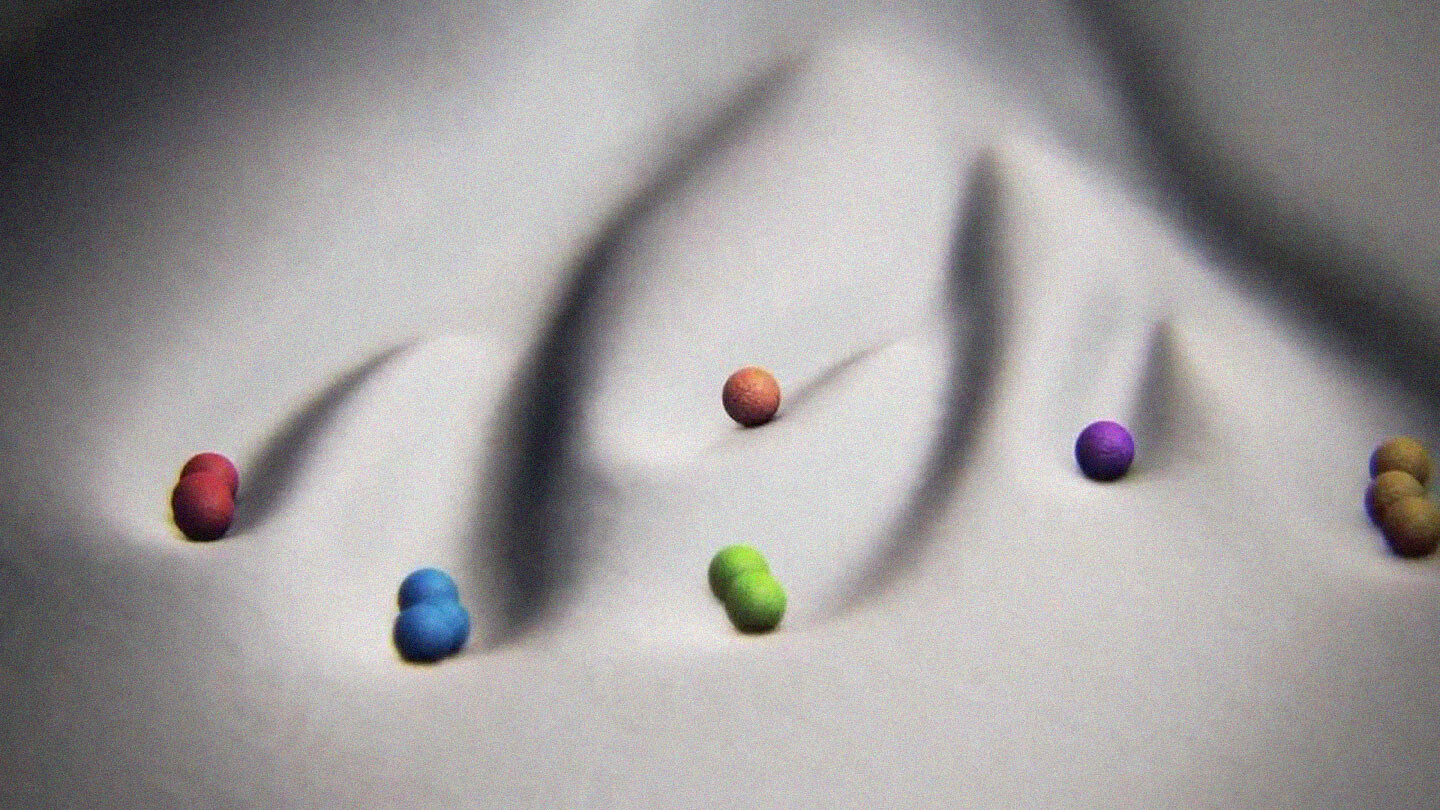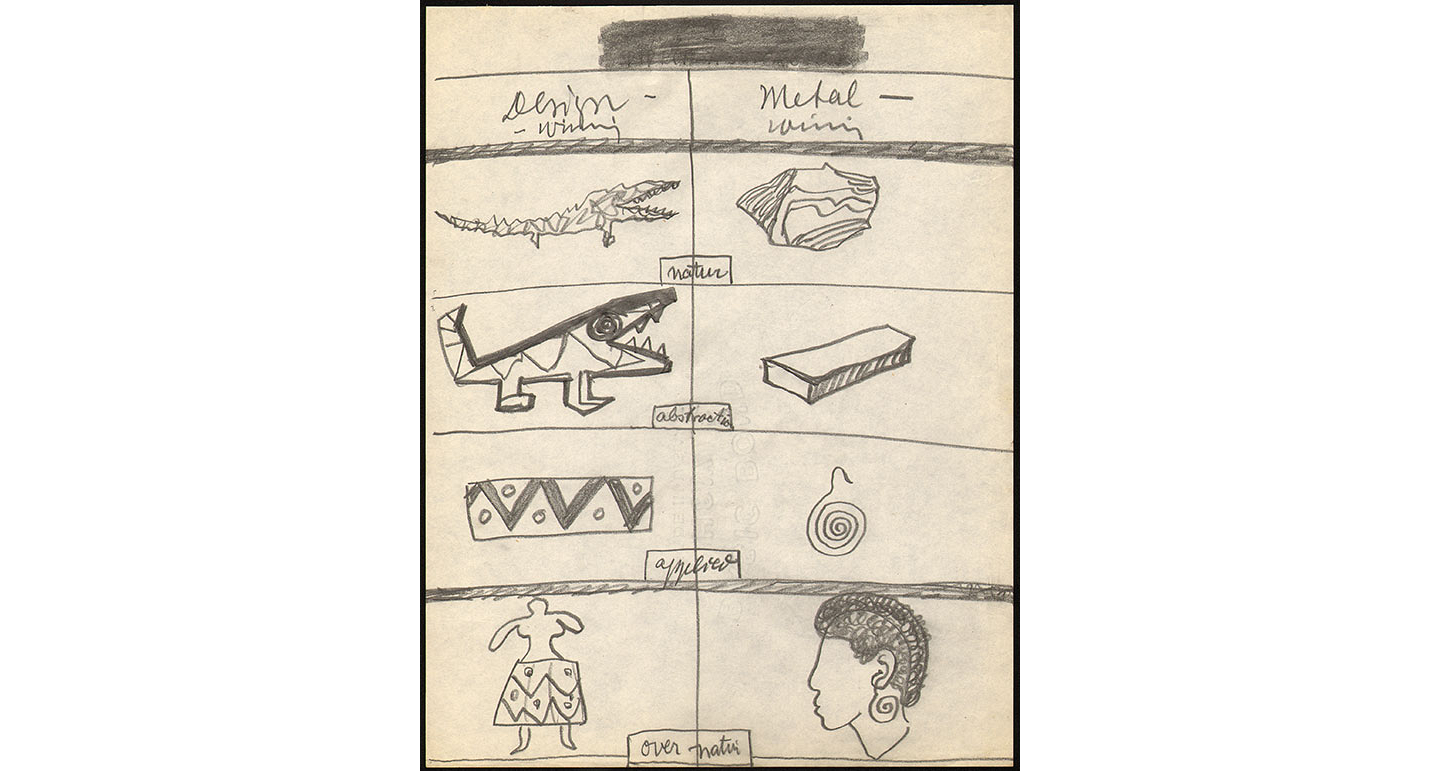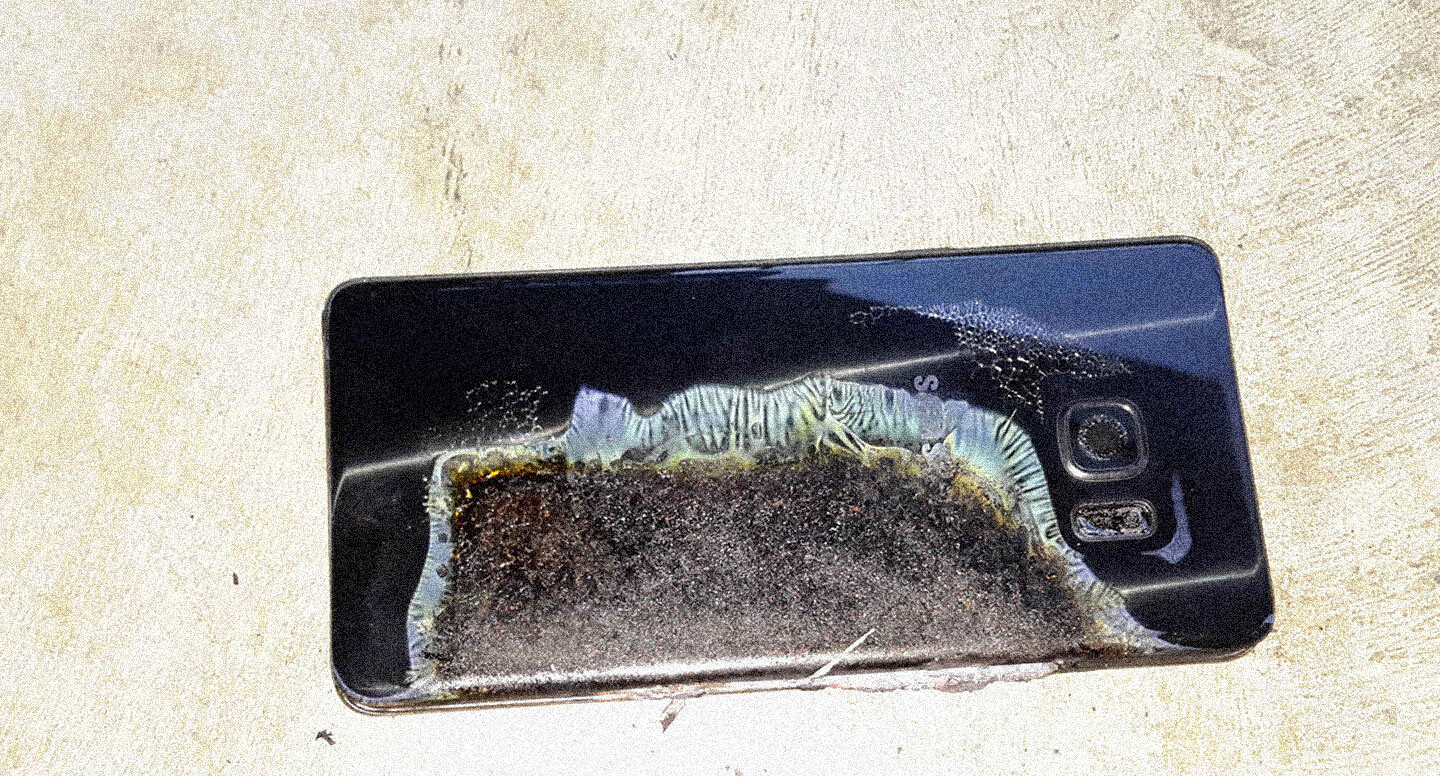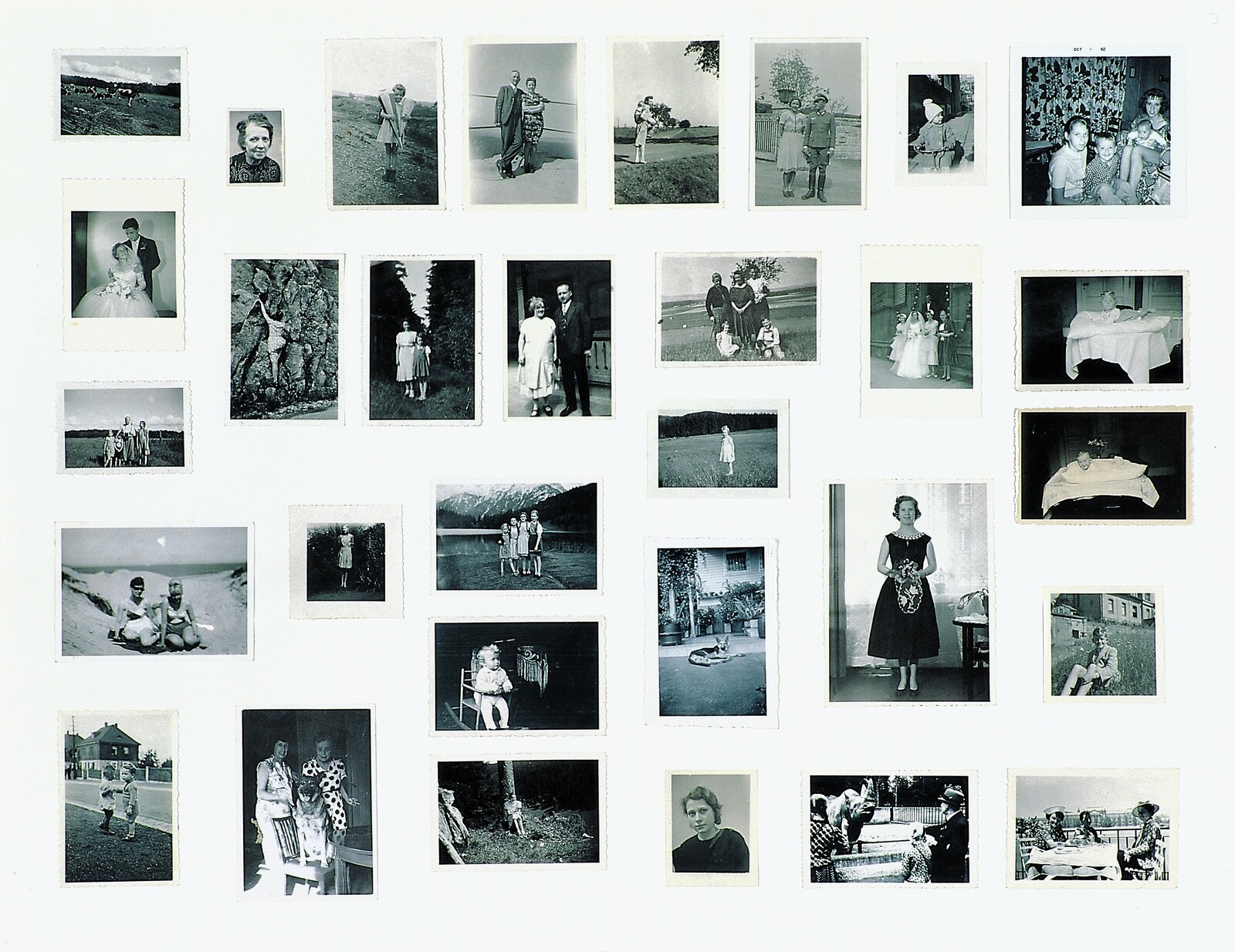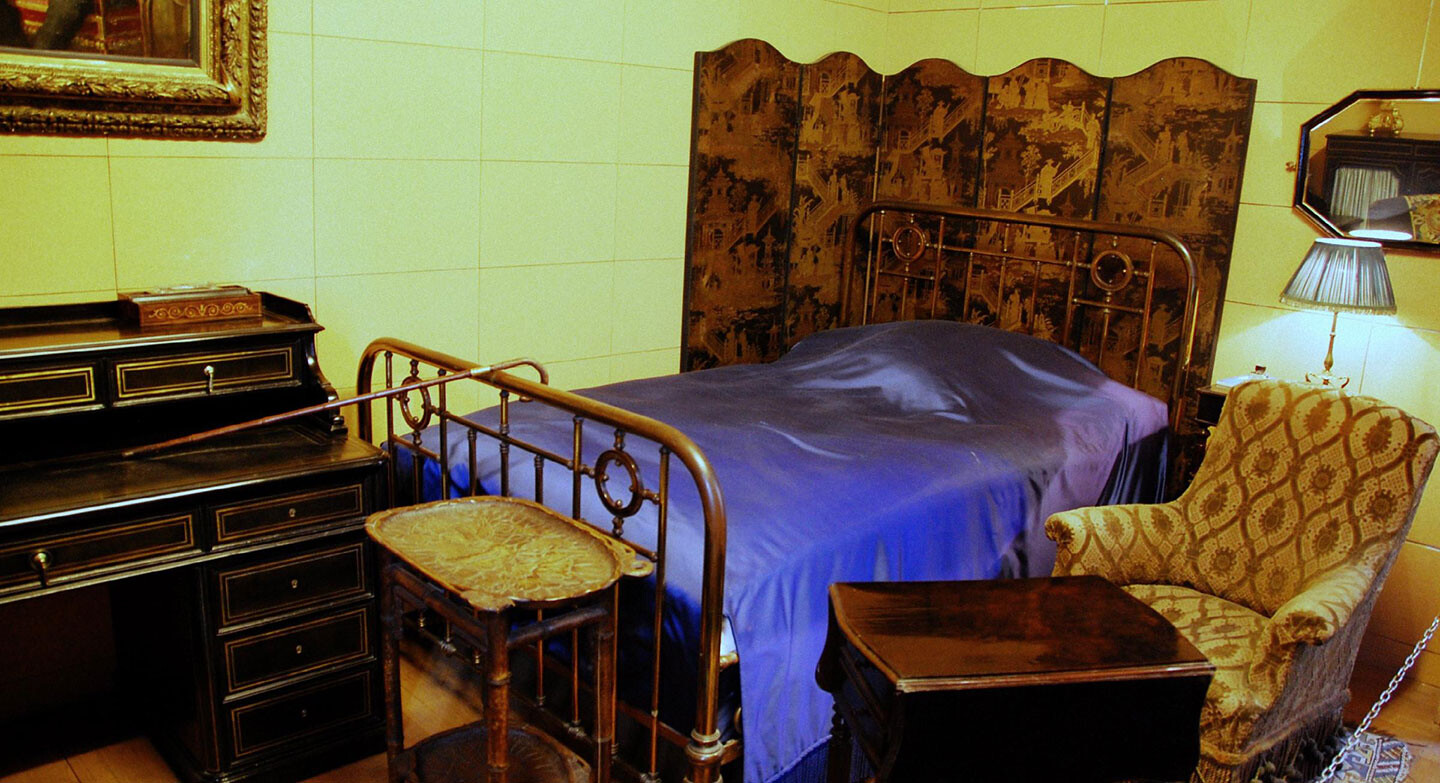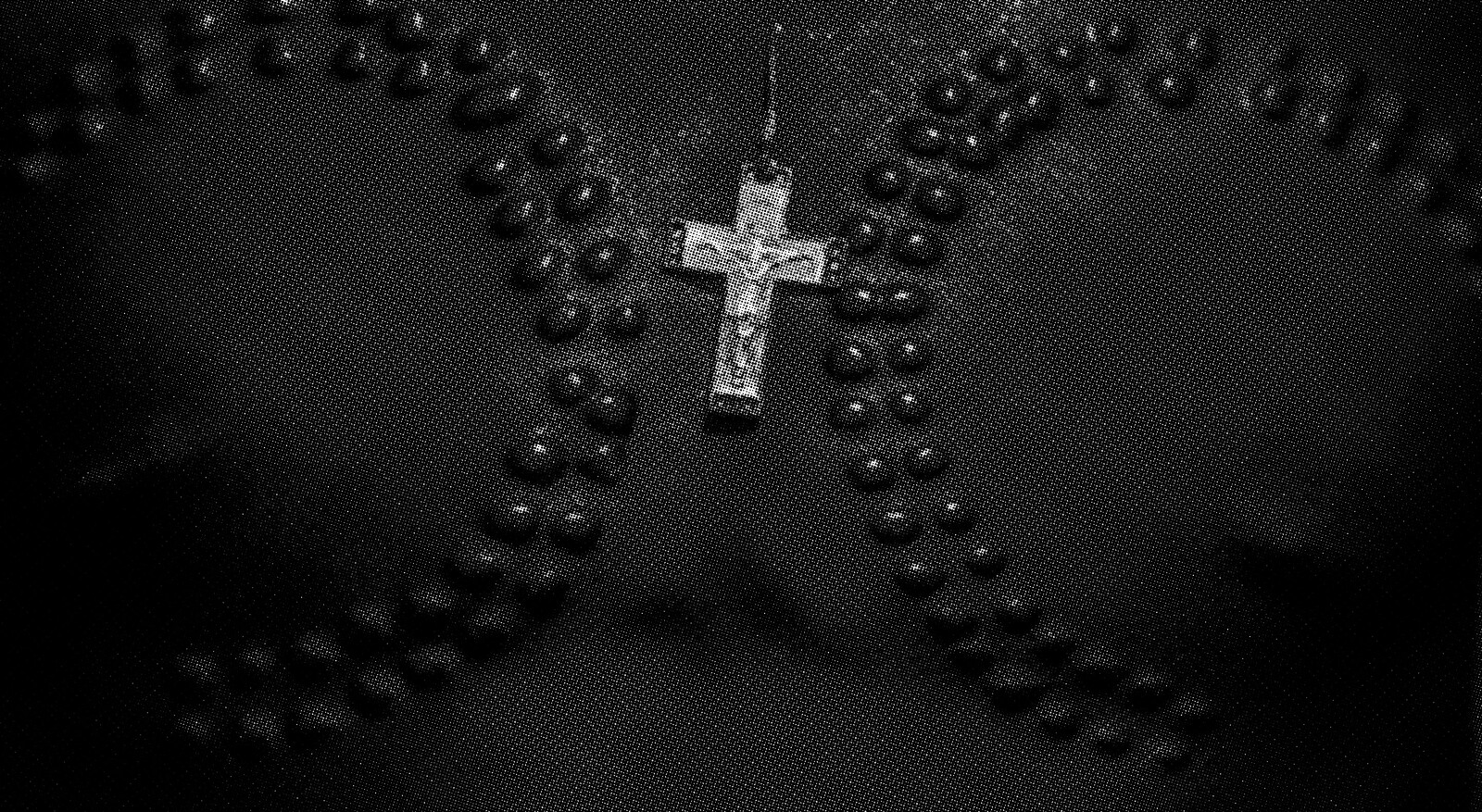The idea of self-design is a paradox. Or, to put it more accurately, the idea of self-design will be a paradox if the self involved is understood as either too unified or too heterogeneous. If you want the concept to work, you need to articulate the self into an agent capable of taking on the verb “to design,” a target for her labor, and a relatively coherent object that emerges at the end. Even so, paradox lingers. The self that emerges should merge back into the very agent who is doing the designing. Does self-design mean just going in circles?
If we follow Michel Foucault, the answer is no—for the process just described is nothing other than the formation of the subject. In the introduction to the second volume of the History of Sexuality, he explains that he has had to add a new axis of analysis to his genealogy of sexuality, absent from the first volume published six years earlier; namely, the modes of relating to the self, the “arts of existence,” through which individuals come to recognize themselves as subjects of sexuality.1 That is, it is through turning back on the self that the subject body comes to recognize herself as such. The site where this pivot is accomplished is what Foucault calls “ethical substance.” Together with the individual who initiates the action and the subject who emerges, ethical substance results from decomposing the “self” into the components of a process that, in essence, creates its own author.
In “The Obligation to Self-Design,” Boris Groys argues that for much of Western history, the ethical substance on which individuals expended their design efforts was the soul, beautified for the benefit of an immortal gaze.2 It is only after Friedrich Nietzsche proclaimed the death of God that attention turned towards external avatars of the soul—designed objects and the body itself—which made the design of the modern self at once ethical and political. The right to judge thus shifted from God to an ethico-political community that comes to issue an obligation to self-design. By contrast, Foucault’s genealogy seeks the hermeneutics of the subject in Greek antiquity, to which he turned after determining that he could not tell the history of sexuality from the vantage point of the nineteenth century alone. And whereas Groys emphasizes an imperative imposed from without on a modern subject who pays a high cost for non-compliance, Foucault locates agency within the subject herself, whose care for the self (souci de soi) constitutes a form of freedom.
These accounts appear diametrically opposed. But without downplaying their divergence, it’s not hard to map the difference of perspective between Foucault and Groys onto their respective strategies of historicization. Groys adopts a dystopian tone that clothes the modern and postmodern subject in a perennially grey suit, while the last two published volumes of the History of Sexuality are pretty sunny. With respect to tone, then, both genealogies, taken as stories we tell about modernity, complement one another as much as they seem to contrast. (Nietzsche, tellingly, is a common denominator for both Groys and Foucault.) Ruptured from its past, modernity is born into a state of melancholy and alienation that either calls us back to the Greeks as origin and lost model, or demands an antidote tailored to the historically unprecedented state of the species.
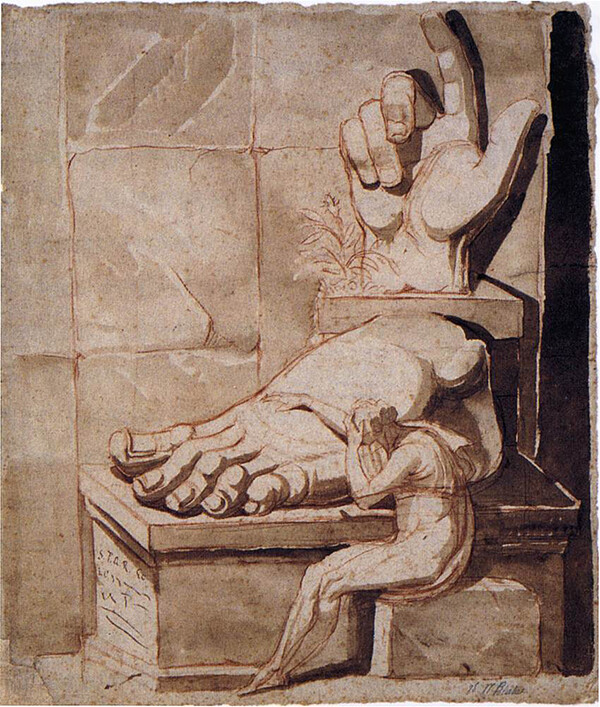

Henry Fuseli, The Artist Moved to Despair at the Grandeur of Antique Fragments, 1778–79. Red chalk on sepia wash.
The point I want to make here at the outset is simply that turning to the Greeks in stories about the self is as constitutive of modernity as is the diagnosis of radical novelty. By this I don’t mean that either of these moves are pure gesture, but rather that these templates are freighted and entangled. Beneath genealogies of the self are genealogies of those genealogies. If recognition of these layers risks regression or paralysis, it also holds out the promise of more complexity, nuance, and self-awareness in narratives about “the West,” a not-entirely-fictional construct that is as powerful and vexed today as ever. I emphasize this point in particular because I agree with Foucault that it’s worth going back to the Greeks as a strategy for clarifying aspects of a contemporary problem that Groys rightly diagnoses as an obligation to self-design, yet this strategy requires resisting the impulse to valorize or dismiss classical antiquity too quickly. My aim here is to provide a brief revisionary account of a historical moment when the components of a self-constituting reflexive process—a variant on self-design—are first articulated around “body” and “soul,” two terms that have had a thriving afterlife in a range of intellectual traditions of thinking the self, traditions that continue to shape our terms for tackling the problem of the self in the present. I’m especially interested in examining, from an angle oblique to the present, how the imperative to design the self emerges out of what begins as a medical approach to human nature, which is to say an approach that is both materialist and therapeutic. Understanding mechanisms that strengthen obligations to shape the self can be a way of understanding what disrupts them, too.
Let me begin with the body, for the physical body (sōma) is the first object of technē, and as such, the first ethical substance. The language of technē proliferates in the fifth and fourth centuries BCE, and the practices and form of knowledge to which it gravitates are those of medicine. Indeed, medicine amasses cultural authority in this period precisely because of its claims to be a technē—a science of recognizing and manipulating regularities in things. Situated within the broader “inquiry into nature” of Presocratic philosophy, physicians and medical writers recast health and disease not as conditions subject to divine or daemonic agents but as states of an object—the biological body—that has a nature, legible but also largely hidden, subject to interpretation, and thus control by experts in the technē. Legibility and obscurity are equally important to what is happening here. Under the terms of traditional religion, the domain of the unseen is populated by gods and daemons who act effortlessly on humans but represent radical otherness. Yet with the rise of Hippocratic medicine, the daemonic domain of the unseen migrates inside, creating a discontinuity between the person and an interior that is not just hidden from view but largely unavailable to consciousness. Much of what happens within a human being, as a result, goes on undetected even by the embodied person until the shock of the symptom. Moreover, even when events within the body are perceived, they cannot be managed directly by an “I,” for the stuffs and forces at work inside a human being—primarily the wildly dynamic fluids called humors—resemble in many respects those which are out in the world, and given that they have their own natures, play by their own rules. The interior therefore has to be manipulated indirectly, through forms of practice such as diet and exercise. To manage the forces at work in the depths of the body, you need to know the rules: you need the technē of medicine. By tracing, first, the springs of suffering and eventually all aspects of human nature to impersonal forces acting within the unseen and mostly unfelt depths of the person, Greek physicians ushered the biological body into visibility for the first time in the West. The biological body, so often taken for granted as a timeless given (even in the History of Sexuality) is born as an object of technē.
So what then of the soul? In countless accounts of the birth of the subject in Greek antiquity, most notably Bruno Snell’s mid-century classic The Discovery of the Mind, soul is discovered in a stroke of genius, leaving body to gather up the mortal and material remnants of the human.3 There are indeed a few tantalizing fragments that suggest a rising interest in the soul in the sixth and fifth centuries BCE (the word psychē in Homer, for instance, denotes a wisp that hovers over the corpse at the moment of death), and soul makes a few appearances in the medical writings of the Hippocratic Corpus as the locus of cognition and perception. But the soul really only comes into its own towards the end of the fifth century BCE as an object of care that is often explicitly modeled on the body as a subject of medicine. In the fragments of Democritus and the early Socratic dialogues of Plato, we see the soul being put forth as a more worthy recipient of attention than the body precisely because, as the seat of reason, it holds a more secure claim to being the true self, the proper ethical substance.
Behind the pitting of soul against body we can detect attempts to wrest cultural power away from medicine for the newer practice of philosophy. In the third book of the Republic, for example, Socrates openly laments the surfeit of physicians in Athens and what he calls “the excessive care of the body” consuming the elites and distracting them from the care of the soul.4 Socrates’ critique of the care of the body indirectly confirms medicine’s ambitions in this period. If medicine’s explicit object was the nature of the body, this was because the body had come to be seen as holding the secret to human nature. Yet like modern-day philosophers who insist on the autonomy of mind or consciousness, Plato resists the idea that the logic of the biological body exhausts what it is to be human—hence the need for new therapeutic techniques that target the psychic forces that cause us to suffer, generate excessive desires, and form false beliefs. Yet the language of technique belies medicine’s contamination of ethical philosophy at its origins. The soul’s pathologies, like those of the body, arise from forces that lie within it and are strengthened unwittingly by the subject herself. The very failure of human beings to grasp the reasons why they suffer or even notice that their natures have grown perverted necessitates a philosophical form of technē. The relationship to the self is mediated by objective knowledge of what kind of thing the soul is and therefore how to manage it, the kind of knowledge sought in Plato’s dialogues.
Yet the fact that there is a need to cultivate a relation of the self to the self, that ethics demands such a relation, owes much to medicine. One of the reverberating consequences arising from the conceptualization of the physical body is the split it introduces within the human being, a form of self-alienation that calls out to be bridged. Such alienation is exaggerated by the very form of the physician-patient relationship; through the clinical relationship, knowledge of the body, on the one hand, and embodiment, on the other, are allocated to different positions. At the same time, by exaggerating the difference between these two positions, the relationship between physician and patient sharply articulates what will become self-reflexivity into its component parts; it cuts the self into the parts needed for reflexivity. In short, the “I” who acquires technical knowledge in order to maintain health or cure disease does not coincide with the “I” who is being acted upon.
The contribution of medicine to practices of self-reflexivity is not only formal but also material. For as Socrates’ reference to elites monitoring their bodies for the slightest symptom indicates, by the late fifth century BCE medical knowledge was thought to be something everyone should acquire; not to the level of the doctor’s expertise, but enough so that one can regulate their own body through regimen (e.g., diet, exercise, sexual practice) and hold their own in conversations with doctors. The “should” is strongly felt. At least among elites, the care of the self—of the body and, certainly by the time of the imperial period, also of the soul—came to be seen as an ethical obligation; the essence of what it meant to be master in one’s own home.
But why should the relation to the self become an ethical obligation at all? The kernel of the process lies in the impulse, perhaps universal, to make sense of suffering, and to control it. The impulse isn’t always operative, of course. There are conditions, cultural and contingent, under which we are prepared to accept suffering as inevitable or senseless or part of the human condition. Nevertheless, it is by all indications a strong impulse. Under a magico-religious model, suffering was usually traced to some offense given to a god or daemon. It is sometimes said that Hippocratic medicine banished morality from disease. But this is to underestimate the strength of our need to make sense and to control. What medical accounts do in the fifth century BCE, in shifting disease into the body, is swap an impersonal model of causality for an agent-based one. The thing about a god is that once they form the intention to harm, the act of harming is itself uncomplicated. After all, gods are ontologically distinguished in part by being exceedingly efficacious actors. You don’t get between Apollo and his arrow. By contrast, disease on naturalizing models is, above all, a process, triggered by an external factor (a change in weather, a type of food) then carried out, step by step, one after the other, within the cavity of the body. The power to hurt that was once symbolized by the hand of a god has to build up over a series of micro-events before it appears to be unleashed in the symptom, which really just marks the point at which a snowballing power crosses a threshold into consciousness, after which it may very well be too late to stop. The task of medicine is to intervene earlier. We can see, against such a backdrop, why prophylaxis becomes increasingly important; why the author of a text on regimen dating to about 400 BCE is triumphant at having discovered what he calls “pre-symptoms” of disease. Think of his discovery as a conceptual precursor to the mammogram.
We expect women today to have mammograms because the technology is there. It is true that there was nothing like the current battery of technologies available in ancient Greece. But this observation misses the fact that it matters surprisingly little to an ethics of self-care whether the techniques are effective: what matters is that they are believed to be. Once medicine is conceptualized as a technē, the space that the Greek ethical philosophers came to designate as “up to us” opens up considerably. It is “in our power to change pathological states of the body—in fact, to turn them towards the better,” writes Galen in the second century CE.5 If things could have been otherwise, if suffering could have been averted, someone or something can be blamed. The responsibility for things going wrong is like a free radical in naturalized accounts of disease. The obvious culprit is either the body or the things inside it, which in so much early medical writing seem predisposed to disruption. But the body is too impersonal, too strange to absorb responsibility or blame. Blame therefore attaches to the agent most proximate to the object-body—the embodied person. Doctors did get blamed, too, but an ethical responsibility for care seems to gravitate most to its subjects. This is because the very capacity to exercise technical agency, even as it reinforces alienation, offers a way to claim the body, one’s nature, one’s self, as one’s own. Once the techniques are there to manage an inherently unruly object, a person can be faulted for not laying claim to that object, for becoming a subject. If the physical body emerges as an object of technē, then, we might conclude that it will necessarily bring with it new concepts of vulnerability and flourishing, together with a new ethics of the subject.


On March 24, 1970, the Cleveland Museum of Art’s enlarged bronze cast of The Thinker, one of the last castings done under Rodin’s supervision, was irreparably damaged by a dynamite explosion allegedly orchestrated by the militant radical left-wing organization The Weather Underground.
Is this a genealogy of self-design? If design is understood narrowly as a twentieth-century phenomenon, then the answer will obviously be no. But insofar as we gloss technē as the inquiry into and manipulation of regularities in natures, especially for human ends, then the state of affairs just recounted takes its proper place within a longue durée history of design, all the more important because of how important the self is as an early object of technē—perhaps the first—in ancient Greece. If I have given considerable attention to technē as a means of countering suffering and, in particular, suffering rooted in the body, this is because it is through a primarily therapeutic and materialist lens that human nature and the soul come to be taken up as objects of a wider range of techniques to impose order on and shape human lives. The tight relationship that we are witnessing in the early twenty-first century between the biotech industry and the means available for self-design suggests it is worth reflecting on the deep roots of self-reflexive techniques in the history of the self. There might be no seamless continuity between antiquity and today, yet I would argue that we are still living out the complexities introduced by the biological body and the forms of dualism and monism to which it gives rise; complexities that come into focus if we defamiliarize the body as an ahistorical given.
Both the therapeutic and materialist roots of self-design can shed light on why self-design seems to come in the form of an ethical imperative. To imagine a technē addressed primarily to the achievement of health is to impose a strongly normative model on the self. The norms of nature are a dominant thread in ancient medicine and ethics, offering a standard by which to judge the success of one’s techniques. This model focuses on incremental processes of opening up spaces for intervention, coded as opportunities to correct and create human nature. Once the opportunities to improve are there, the imperative to act follows.
The opportunity to intervene suggests a final question: Is the imperative to self-design part of a historical process that we should encourage, or move to reorient? There is no easy answer to this question. I would venture only to say that the physical body and the techniques of improvement that the care of human nature encourages are not going away any time soon. The challenge, in my view, is to adopt an inherently paradoxical position, one that neither tries to block the impulse to self-design nor codes all of human life in terms of technical control. How can we aspire to support the flourishing of human nature through our design efforts without casting all suffering as the culpable failure to mastermind every vulnerability, every design flaw in human nature? This is not to deny the fact that there is much culpability for suffering in the world, but rather to complicate a pattern whereby suffering is traced to an error or weakness that could have been corrected, so often, in our culture of individual responsibility (as in antiquity), by the person who suffered the harm.
The total design—of the self, of the human, of the world—is an impossibility, yet the impulse to design is neither inherently bad nor eradicable. How we think about the past—what has happened—and how we think of the future (what could happen) can never be isomorphic. Both orientations are nevertheless essential to thinking the human. As Gilles Deleuze glosses Stoic ethics in The Logic of Sense, “either ethics makes no sense at all, or this is what it means and has nothing else to say: not to be unworthy of what happens to us.”6
Michel Foucault, The History of Sexuality, vol. 2: The Use of Pleasure, trans. Robert Hurley (New York: Random House, 1985), 3-13.
Boris Groys, “The Obligation to Self-Design,” e-flux Journal 0 (November 2008), →.
Bruno Snell, The Discovery of the Mind, trans. Thomas Rosenmeyer (Oxford: Blackwell, 1953).
Plato, Republic 3.407b8-c5.
Galen, On the Natural Faculties 2.8.
Gilles Deleuze, The Logic of Sense, trans. Constantin V. Boundas (New York: Columbia University Press, 1990), 149.
Superhumanity is a project by e-flux Architecture at the 3rd Istanbul Design Biennial, produced in cooperation with the Istanbul Design Biennial, the National Museum of Modern and Contemporary Art, Korea, the Govett-Brewster Art Gallery, New Zealand, and the Ernst Schering Foundation.
Superhumanity, a project by e-flux Architecture at the 3rd Istanbul Design Biennial, is produced in cooperation with the Istanbul Design Biennial, the National Museum of Modern and Contemporary Art, Korea, the Govett-Brewster Art Gallery, New Zealand, and the Ernst Schering Foundation.





